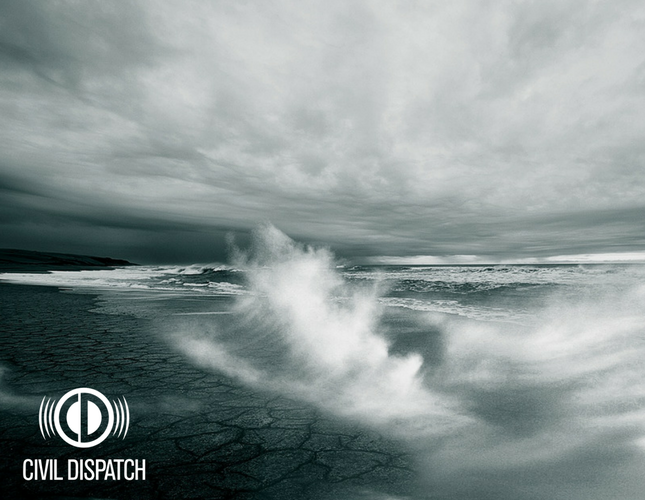
Damaging winds or “straight-line” winds can come with any thunderstorm and they can be as damaging as tornadoes, uprooting trees and knocking out power lines. Straight line winds are hard to prepare for since they can come unexpectedly and can range in strength.
Here are ways identify and to prepare you and your home for damaging winds:
What Are They?
Winds are classified as damaging when they exceed 50-60 mph, but some winds can reach up to 100 mph. Damaging winds can cause the same damage as tornado, but they lack some of the atmospheric elements the form a tornado funnel.
Types Of Damaging Winds
- Downdraft
Downdraft winds are small-scale column of air that quickly sink towards the ground.
- Downburst
This type of wind is the result of a very strong downdraft. Downbursts are usually associated with storms that don’t produce thunder because they are too weak.
- Microburst
This is a small concentrated downburst. They are usually short lived and only last about 10 mins. There are two types of microbursts: wet and dry. Wet microbursts are accompanied with precipitation and dry microbursts, which are common in the high plains, occur with very little to no precipitation.
- Gust Front
The leading edge of the rain-cooled air that is clashing into a warm. Gust fronts can be characterized by their drop in temperature.
- Derecho
A long-lived windstorm that occurs with rapidly-moving thunderstorms. It consists of a cumulation of microbursts and downbursts clusters. If the wind damage extends more than 240 miles and includes wind speeds of 58 mph or greater, this would be classified as a derecho.
- Haboob
This is classified as a wall of dust that is pushed along the bottom of the thunderstorm.
Detecting Damaging Winds
Doppler radar is used to detect these winds and the pattern that they are moving. When looking at the radar on the TV, a thin line on the screen indicates a gust front. Radar is the number one tool for predicting and detected these events, but weather experts are continuing to develop ways to get a better idea of these damaging winds.
Preparing Your Home For Damaging Winds
High winds aren’t something to mess around with, considering they can cause billions of dollars in damage and not to mention fatalities and injuries. There are ways you can prepare your house in hopes of decreasing the damage in the event these damaging winds do occur.
- Pick up around your yard
Belongings in the backyard are becoming hazardous if the wind picks up just enough to cause them to fly around. If you are notified that you are in a wind advisory, you should put any chairs or tables that you have outside in a garage or storage shed.
- Check out your trees
The last thing you want during a windstorm is to come outside to a tree on your roof or laying on top of your car. If you notice low hanging branches on any of your trees that can be potentially hazardous, call a professional to have them removed.
- Inspect your roof for weakspots
High winds can tear your roof up and lead to even bigger and more expensive problems. Call a roofing professional and have your roof checked for an already existing damages.
- Check weather stripping on doors and windows
Weather stripping serves the purpose of keeping elements such as rainwater from getting into your home. It also helps keep windy drafts out of your home and helps to ensure sure your warm or cold air is staying inside.
- Reinforce windows and doors
Storm shutters are a good idea for homes if you live in an area where you frequently have strong winds. If you are expecting strong winds, it wouldn’t hurt to get a reinforcement kit from the hardware store or nail plywood over windows and doors.
- Get your emergency kit up-to-date
Strong winds have the ability to take down power lines, leaving homeowners without power for who knows how long. Your kit should include items such as blankets, entertainment, enough food and water for 3 days, copies of important documents, flashlights and extra batteries.
- Turn down the temp on your fridge
Turning down the temp on your fridge can keep food from spoiling as quickly if the power does go out.
- Update your homeowners insurance
Make sure you are covered for all storm instances before storm season hits.
If you don't already, sign up to get SMS notifications from Civil Dispatch to stay up-to-date on severe weather in your area!